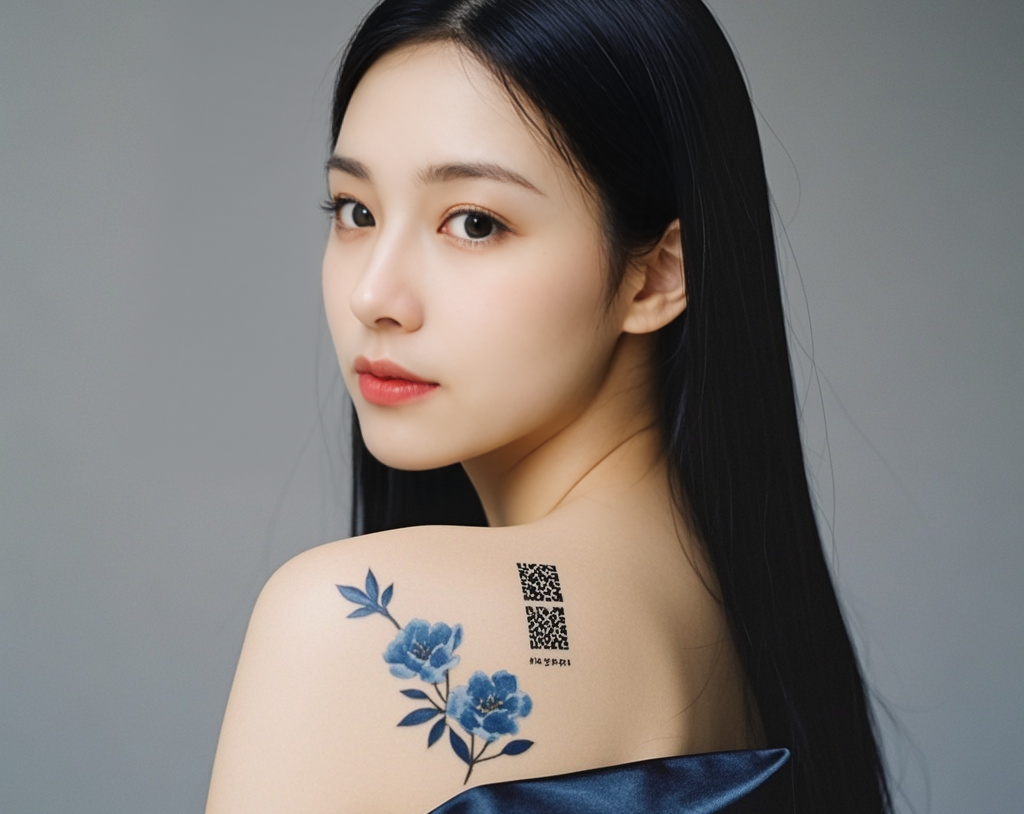 1. Direct Meaning and Breakdown of the Kanji "塑" (So)
1. Direct Meaning and Breakdown of the Kanji "塑" (So)
The kanji 塑 is a powerful character with a meaning centered around creation and form.
Core Meaning: To model, to mold, to shape (as in clay or plaster).
Keyword: The act of giving form to a malleable substance.
Pronunciation:
ソ (So): The on'yomi (Sino-Japanese reading).
Etymological Breakdown:
The character 塑 is composed of two parts:
土 (Tsuchi / Do): The "earth" or "soil" radical. This represents the raw, pliable material like clay or plaster that is being shaped.
朔 (Saku): This component has meanings related to "first day of the lunar month," "north," and "beginning." It conveys a sense of "inception," "origin," or "the start of a cycle."
Combining these, 塑 creates the conceptual meaning of "creating the initial form from the earth." It captures the very moment a shape is born from a formless mass.
Common Usage in Japanese:
This kanji is used in words related to sculpture and modeling:
塑像 (Sozō): A statue made of molded material, such as clay, plaster, or wax. This contrasts with a carved statue (彫像 chōzō).
塑造 (Sozō): The act or art of modeling; plastic arts.
塑性 (Sosei): Plasticity (the property of a material to be deformed without breaking).
塑る (Kaderu): A less common verb form meaning "to mold" or "to model."
2. "塑" as a Tattoo: Meanings and Interpretations
As a tattoo, "塑" is a sophisticated, creative, and highly conceptual choice. It speaks to themes of self-determination, creativity, and transformation.
Positive and Profound Meanings:
Self-Creation and Identity: This is the most powerful interpretation. The tattoo can symbolize that you are the artist of your own life and identity. You are actively molding, shaping, and creating the person you want to be from the raw material of your experiences, talents, and choices. It is a declaration of autonomy and self-determination.
The Creative Process: For an artist, writer, musician, or any kind of creator, "塑" perfectly encapsulates the act of bringing an idea from a formless concept into a tangible reality. It represents the struggle and beauty of creation itself.
Transformation and Potential: It symbolizes the belief that nothing is fixed. You, your life, and your circumstances are like clay—full of potential and capable of being reshaped. It's an optimistic reminder that we are always a work in progress, capable of change and growth.
Giving Form to the Formless: This can be a more philosophical or spiritual meaning. It can represent the act of making abstract ideas (dreams, values, love) concrete through one's actions and life.
Resilience (Plasticity): Drawing from the word 塑性 (sosei - plasticity), it can symbolize the ability to adapt, bend, and be shaped by life's pressures without breaking, and to hold a new, stronger form afterward.
Potential Considerations:
Cultural Obscurity: While the meaning is clear to Japanese speakers, it is a technical and less common character. It lacks the immediate poetic resonance of more familiar kanji. The wearer should be prepared to explain its significance.
Clinical Connotation: For some, its primary association with sculpture might feel a bit technical or cold. The meaning must be infused with personal emotion by the wearer.
3. Design and Styling Suggestions
To enhance its meaning as a tattoo, consider these design elements:
Calligraphy Style: A style that shows texture and movement would be ideal. A semi-cursive (行書 Gyōsho) style can look dynamic, or even a style that mimics the rough, textured marks of a sculptor's tool could be very powerful.
Incorporating Imagery: The character lends itself perfectly to being integrated with visual elements.
Hands molding clay around or forming the kanji itself.
An abstract flow of clay or liquid stone emerging from the character.
A rough, unshaped block on one side transforming into a smooth, finished form on the other, with the kanji in the middle.
Minimalist Style: A simple, clean, and bold design can be very effective, representing the clear, decisive idea of taking control.
Placement: Its balanced structure works well on the forearm (the tool of the artist), the shoulder, or along the spine.
Summary
| Aspect | Explanation |
|---|---|
| Kanji | 塑 |
| Pronunciation | So |
| Core Meaning | To model, to mold, to shape. |
| Tattoo Meaning | Self-Creation, The Power of the Artist, Transformation, Malleability of Identity, Giving Form to Dreams. |
| Suitability | An excellent and intellectual choice for creators, innovators, and anyone on a conscious journey of self-invention. It is positive, powerful, and carries a modern, proactive philosophy. |
In conclusion, 塑 is a profound tattoo for those who see their life as a piece of art in progress. It is a commitment to being the active sculptor of one's own destiny, rather than a passive block of stone. It celebrates the ongoing process of becoming.